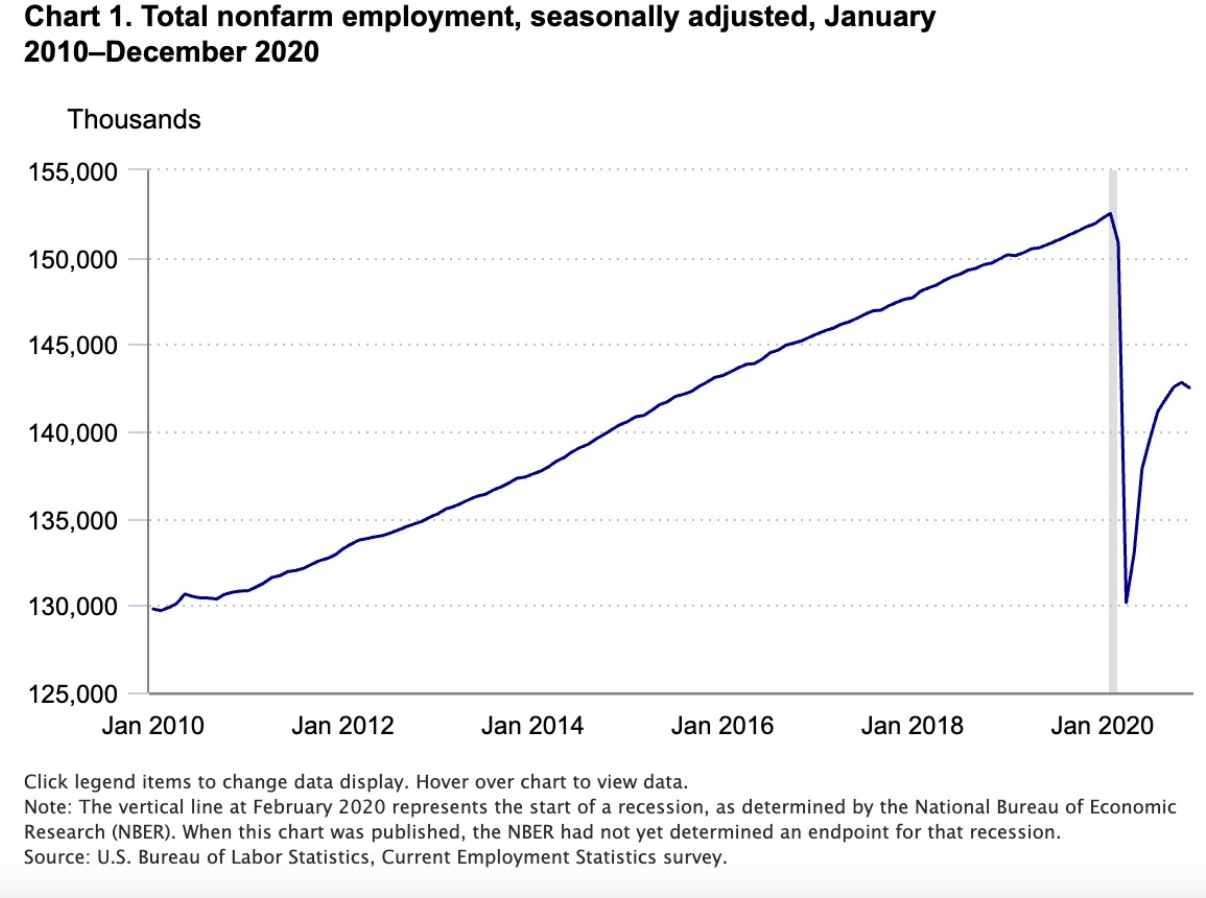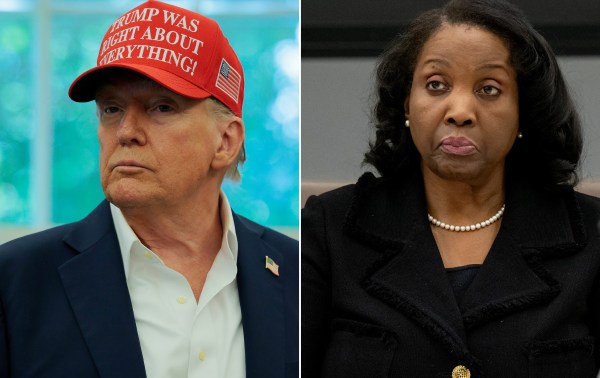The economy is a top issue in the 2024 U.S. presidential election, and voters are drawing comparisons between the state of the U.S. economy during Donald Trump’s and Joe Biden’s respective presidencies. While inflation remains the most immediate concern for many voters—a metric by which the Trump era fares better—Biden and his supporters point to positive economic growth during the last few years.
One argument circulating widely on social media platforms claims that the U.S. saw higher job losses under Trump than any president in recent memory. “Donald Trump lost more jobs than any president since the Great Depression,” reads one Facebook post with more than 1,500 shares. “President Biden added 303,000 last month alone. See the difference?”
This claim is true but leaves out important context: The U.S. economy did experience its highest net employment losses under Trump compared to any president since at least 1939. However, these posts fail to acknowledge that the COVID-19 pandemic was the primary driver of those job losses.
To calculate employment gains and losses, economists rely primarily on the Federal Reserve’s monthly Current Employment Statistics (CES) survey and its measure of total nonfarm employees. The U.S. government began collecting this nationwide employment data in 1939, meaning Harry S. Truman, who took office in April 1945, was the first president for whom precise job gains or losses could be calculated for an entire presidency.
Using this CES data, here is a breakdown of how many jobs were created—or lost—during each post-Great Depression president’s time in office.
Harry S. Truman: 8.4 million
Dwight D. Eisenhower: 3.2 million
John F. Kennedy: 3.8 million
Lyndon B. Johnson: 12.3 million
Richard Nixon: 8.9 million
Gerald Ford: 2.4 million
Jimmy Carter: 10.1 million
Ronald Reagan: 16.3 million
George H. W. Bush: 2.6 million
Bill Clinton: 22.7 million
George W. Bush: 0.53 million
Barack Obama: 12.5 million
Donald Trump: -2.4 million
Joe Biden: 14.7 million[block]
By this measure, the claim that there were net job losses during the Trump presidency is factually true, and he was the only post-Great Depression president to experience negative job growth.
But Trump’s final year in office coincided with the onset of the COVID-19 pandemic worldwide, which resulted in unprecedented job losses. In April 2020, U.S. nonfarm employment fell by 20.7 million, the largest single-month decline in the history of the CES. Despite a quick reversal and record-breaking single-month employment gains in May, June, July, and August, the U.S. still ended 2020 with more than 9 million fewer jobs than it had a year earlier.

While presidential policy does play some role in employment growth and the health of the broader economy, Trump’s comparatively poor employment numbers are primarily a result of the COVID-19 pandemic, and it is misleading to assign full blame to his personal policy agenda. Through the first three years of his presidency, the economy added 6.5 million jobs, within the normal range of other post-Great Depression presidents.
If you have a claim you would like to see us fact check, please send us an email at factcheck@thedispatch.com. If you would like to suggest a correction to this piece or any other Dispatch article, please email corrections@thedispatch.com.







Please note that we at The Dispatch hold ourselves, our work, and our commenters to a higher standard than other places on the internet. We welcome comments that foster genuine debate or discussion—including comments critical of us or our work—but responses that include ad hominem attacks on fellow Dispatch members or are intended to stoke fear and anger may be moderated.
With your membership, you only have the ability to comment on The Morning Dispatch articles. Consider upgrading to join the conversation everywhere.